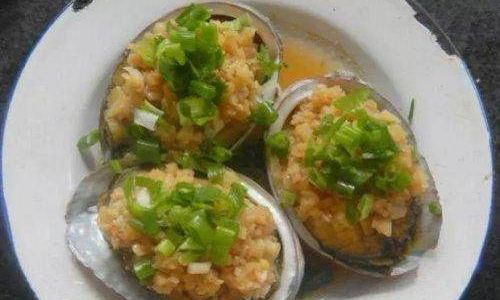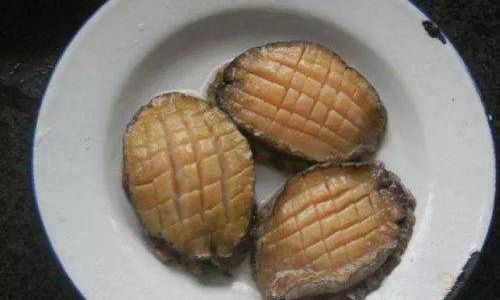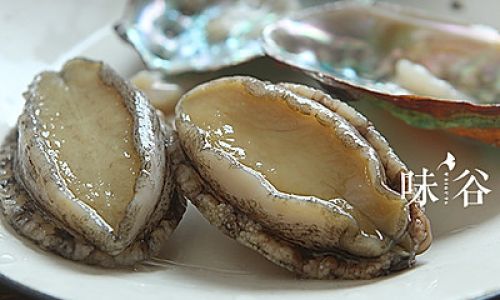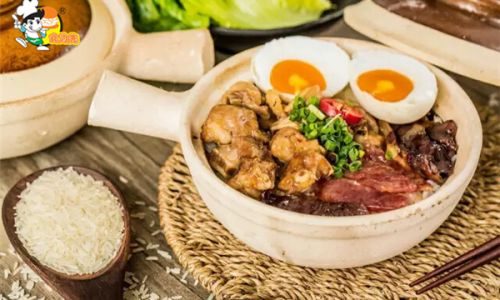Introduction
Abalone, a prized marine mollusk revered for its delicate flavor and tender texture, has graced tables across the globe for centuries. Often considered a luxury ingredient, its preparation demands precision and respect for its natural qualities. Among the myriad cooking methods—grilling, steaming, or sautéing—boiling stands out as a straightforward yet effective technique to unlock the abalone’s inherent brininess and subtle sweetness. This guide delves into the art of boiling abalone, offering a comprehensive roadmap to achieve perfection, from selecting the finest specimens to serving them with elegance. Whether you’re a seasoned chef or a curious home cook, this journey will equip you with the knowledge to transform this oceanic treasure into a culinary masterpiece.
Understanding Abalone: A Brief Overview
Before diving into the cooking process, it’s essential to grasp what makes abalone unique. These sea snails, belonging to the Haliotidae family, cling to rocky coastal shores, feeding on algae and seaweed. Their muscular foot, the edible portion, is encased in a iridescent shell lined with holes—a feature that inspired their nickname, “sea ears.” Abalone varieties differ by region, with species like red abalone (common in California), blacklip abalone (from Australia), and greenlip abalone (native to New Zealand) each offering distinct flavor profiles. Freshness is paramount; frozen abalone, while convenient, requires careful handling to prevent toughness.
Selecting the Finest Abalone
The foundation of a memorable dish lies in sourcing high-quality abalone. When purchasing fresh specimens, look for ones with intact shells, firm flesh, and a mild oceanic aroma. Avoid those with cracked shells or a fishy smell, which may indicate spoilage. Frozen abalone should be vacuum-sealed, free of ice crystals, and labeled with its origin and harvest date. For sustainability, opt for farmed abalone, as wild populations face overfishing pressures. Reputable seafood markets or specialty grocers are ideal sources; some even offer pre-shucked meat for convenience.
Preparation: Cleaning and Tenderizing
Boiling abalone begins with meticulous preparation. If starting with whole, live specimens, humanely dispatch them by cutting the muscle attaching the flesh to the shell. For pre-shucked meat, rinse under cold water to remove any debris. Abalone’s muscle fibers are dense, making tenderizing crucial. Using a meat mallet or the back of a knife, lightly pound the flesh in a crisscross pattern. This step breaks down connective tissues, ensuring even cooking and a melt-in-the-mouth texture. Some chefs also marinate abalone briefly in a mixture of sake, mirin, or citrus juice to further tenderize and enhance flavor.

The Boiling Process: Science Meets Art
Boiling abalone is a delicate balance between heat and time. Overcooking renders it rubbery, while undercooking leaves it raw and chewy. Here’s a breakdown of the process:
-
Water Quality and Seasoning: Use a large pot filled with filtered water to prevent off-flavors. Add aromatics like ginger slices, garlic cloves, or lemon wedges to impart subtle notes without overpowering the abalone’s natural taste. Avoid salt, as it draws out moisture and toughens the meat.
-
Bringing to a Boil: Heat the water over high heat until it reaches a rolling boil. Reduce to a simmer before adding the abalone to maintain gentle, consistent cooking.
-
Cooking Time: The duration varies based on size and thickness. Small abalone (3–4 inches) require 3–5 minutes, while larger specimens (5–6 inches) need 6–8 minutes. Err on the side of undercooking, as residual heat continues cooking the meat post-removal.
-
Testing Doneness: Insert a skewer or knife into the thickest part; it should meet slight resistance but glide through easily. Overcooked abalone will feel spongy and resist the tool.

Post-Cooking Techniques: Cooling and Slicing
Immediately after boiling, transfer the abalone to an ice bath. This “shocking” process halts cooking, preserves texture, and enhances vibrancy. Once cooled, pat dry with paper towels. For serving, slice the abalone thinly against the grain using a sharp knife. This technique maximizes tenderness and creates elegant, translucent pieces ideal for salads, sushi, or warm broths.
Serving Suggestions and Pairings
Boiled abalone’s versatility shines in various dishes:
- Chilled Salad: Toss sliced abalone with cucumber, daikon, and a ponzu dressing for a refreshing appetizer.
- Warm Broth: Float slices in a clear dashi broth with enoki mushrooms and shiso leaves.
- Stir-Fry Base: Add to a wok with garlic, snap peas, and oyster sauce for a quick yet luxurious meal.
- Sushi or Sashimi: Serve thinly sliced abalone with wasabi and soy sauce, highlighting its buttery texture.
Pairings should complement, not compete. Light-bodied white wines like Sauvignon Blanc or crisp beers like pilsners cleanse the palate between bites. For non-alcoholic options, chilled green tea or yuzu soda provide a refreshing contrast.
Troubleshooting Common Pitfalls
Even seasoned cooks encounter hurdles. Here’s how to address them:
- Tough Texture: Overcooking is the primary culprit. Next time, reduce boiling time by 1–2 minutes and ensure the ice bath is ready post-cooking.
- Bland Flavor: Abalone’s mild taste benefits from bold accompaniments. Experiment with miso glazes, chili oil, or fermented black bean sauces.
- Mushy Edges: This occurs when the abalone is crowded in the pot, lowering the water temperature. Cook in batches if necessary.
Nutritional Benefits and Safety
Beyond its gourmet appeal, abalone is a nutritional powerhouse. Rich in protein, omega-3 fatty acids, and essential minerals like iodine and zinc, it supports heart health and immune function. However, raw or undercooked abalone poses a risk of parasitic infection. Always cook to an internal temperature of 145°F (63°C) to ensure safety.

Cultural Significance and Modern Adaptations
Abalone has deep cultural roots. In Japan, it’s a symbol of prosperity, often served during New Year celebrations. Indigenous communities along the Pacific coast have harvested it for millennia, integrating it into rituals and feasts. Modern chefs are reimagining traditions, incorporating abalone into tacos, ceviche, or even vegan-inspired dishes with seaweed-based broths.
Conclusion: Elevating Simplicity
Boiling abalone is a testament to the beauty of minimalism. By honoring the ingredient’s purity and adhering to precise techniques, even a novice can achieve restaurant-quality results. Whether presented as a standalone centerpiece or woven into a complex dish, boiled abalone invites diners to savor the ocean’s bounty in its most unadulterated form. So, the next time you encounter this prized mollusk, remember: sometimes, the simplest preparation yields the most profound flavors.
Final Tips for Success
- Invest in a reliable kitchen thermometer to monitor water temperature.
- Save the cooking liquid (after straining aromatics) as a base for soups or sauces.
- Experiment with herbs like dill or tarragon during boiling for herbal undertones.
- Store leftover abalone in its cooking liquid to prevent drying out.
With patience and practice, boiling abalone becomes second nature—a skill that transforms humble ingredients into extraordinary meals. Embrace the process, and let the ocean’s essence grace your plate.






0 comments